New York Scandia Symphony Shines in Lincoln Center Debut on April 13, 2023 – A Review by Brad S. Ross
Comments Off on New York Scandia Symphony Shines in Lincoln Center Debut on April 13, 2023 – A Review by Brad S. RossApril 25, 2023 by Admin
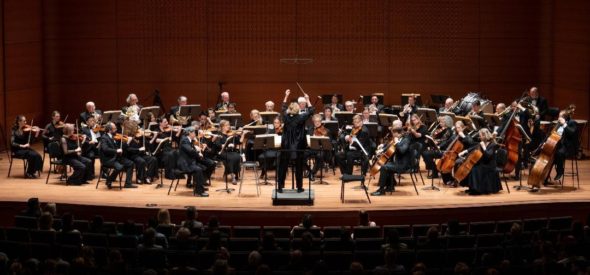
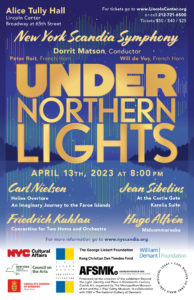 The New York Scandia Symphony once again delighted New York City audiences with a fine program of Scandinavian music as conductor Dorrit Matson led a charming performance of Classical- and Romantic-era gems at Alice Tully Hall. This was another concert in the ensemble’s ongoing Under Northern Lights series, showcasing Scandinavian music for U.S. audiences.
The New York Scandia Symphony once again delighted New York City audiences with a fine program of Scandinavian music as conductor Dorrit Matson led a charming performance of Classical- and Romantic-era gems at Alice Tully Hall. This was another concert in the ensemble’s ongoing Under Northern Lights series, showcasing Scandinavian music for U.S. audiences.
The concert began with a brief and refreshingly eloquent introduction by the charming Danish ambassador to the United Nations Martin Bille Hermann, who addressed the mission of the NYSS and even slipped in a few words in support of Denmark’s campaign for a seat on the U.N. Security Council. This received near-universal cheers from the audience.
The first piece of the evening was Carl Nielsen’s famous Helios Overture. Nielsen, who is undoubtedly Denmark’s most celebrated composer, wrote Helios Overture after watching the sun rise and fall while he and his wife stayed in Athens. It depicts, as the composer described, “the sun from its ascent over the dark mountains here in the East until it flickers and shimmers in full splendor at noon and finally disappears bit by bit behind the blue mountains in the West.”
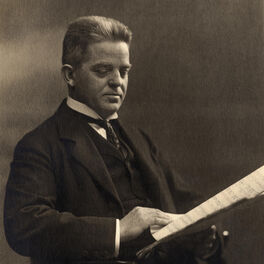
Carl Nielsen
Written in 1903, the work serves as a pleasant tour of late Romantic-era gestures, complete with bass drones, horn calls, and robust trumpet fanfares. Matson and NYSS provided a clean and satisfying rendition of this Danish staple, which served as a fine introduction to the rest of the concert.
Next up was a performance of Nielsen’s An Imaginary Journey to the Faroe Islands (or “Trip,” depending on who’s translating), which was commissioned by the Royal Danish Theater in 1927 to commemorate a visit from the Faroe Islands. It details, as the title implies, an imaginary voyage from Denmark to the Faroe Islands in the Northern Atlantic.
The piece began with soft timpani hits and celli drone, which were soon accompanied by pulsing low strings. Various voices began adding up through the registers of the orchestra, occasionally imitating the sounds of birds and the swell of ocean waves, until two harmonizing horns introduced a noble seafaring hymn. This rose and fell until a dramatic snare roll signaled an upbeat and eventful fast section, complete with Faroese folk melodies, that led the work to a grand, yet subdued finale.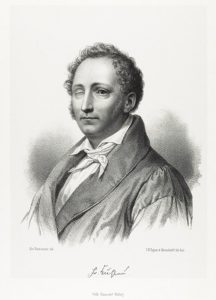 This was followed by the work of another Danish composer—Friedrich Kuhlau’s Concertino for Two Horns and Orchestra—which was a signature event of the concert. Joining the NYSS for this performance were the soloists Peter Reit and Will De Vos. Composed in 1821, the concertino immediately affected a distinctly “Classical” sound, as befits the era of its composition. Despite its title, this was also no vacation piece; the performance lasted well over twenty minutes and the horn parts, eloquently managed by Reit and De Vos, were both beautiful and surprisingly challenging.
This was followed by the work of another Danish composer—Friedrich Kuhlau’s Concertino for Two Horns and Orchestra—which was a signature event of the concert. Joining the NYSS for this performance were the soloists Peter Reit and Will De Vos. Composed in 1821, the concertino immediately affected a distinctly “Classical” sound, as befits the era of its composition. Despite its title, this was also no vacation piece; the performance lasted well over twenty minutes and the horn parts, eloquently managed by Reit and De Vos, were both beautiful and surprisingly challenging.
The concertino, which is cast in five movements, was both graceful and stately, if a little dainty at times to modern ears. The use of the soloists was mostly homophonic—their soli either harmonized or dovetailing, but seldom giving way to much contrasting counterpoint. Kuhlau seemed to save the best for last, however, as the two horn players powered through some truly intricate phrases in the final movement. In a highlight of the performance, Reit and De Vos toasted their mutes during a long rest, before replacing them in their instruments for the boisterous and exuberant conclusion. They were immediately met with an excited and quite expected ovation—a pleasing end to the first half of the concert.
After intermission, the music then shifted from Denmark to Finland as Matson led a performance of At the Castle Gate by Finland’s preeminent composer Jean Sibelius. Lasting about six minutes, At the Castle Gate was originally written as the prelude to Act I from the orchestral suite Pelléas et Mélisande, composed in 1905.
The music was brief and decidedly pleasant, but felt unresolved out of the context of the larger work—setting the scene for drama that wouldn’t come to pass. Matson and the NYSS handled the work’s brassy swells with poise, but one couldn’t help thinking that this ought to have been exchanged for another piece that worked better as standalone music. Perhaps something by a living composer next time?
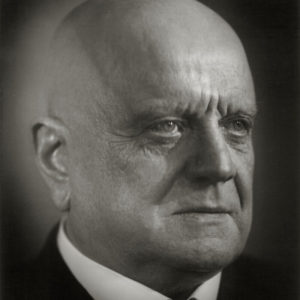
Jean Sibelius
Fortunately, Sibelius’s impressive Karelia Suite followed—a composition that more-than held its own and left no listener in attendance wanting. Like At the Castle Gate, the Karelia Suite also comes from a larger work titled Karelia Music, which was written for the Viipuri Students’ Association in 1893. Its title comes from the Karelia region of Northern Europe that today encompasses areas of Russia, Finland, and Sweden. The music is thus peppered with dance-like folk melodies from the region.
Despite coming from quite early in the composer’s career (Sibelius was just 27 at the time of writing), the music presented here is both engaging and incredibly mature. It began on a rhythmic and jovial “Intermezzo,” from which string tremolos built to brassy fanfares. This was followed by a somber, hymn-like “Ballade” that served as the grounded heart of the work. The piece concluded with a playful “Alla Marcia” that rose to triumphant bursts before driving to a bold and exhilarating finale. During the applause, the feeling of the audience was best summed up by the person behind me who exclaimed, “That was cool.”
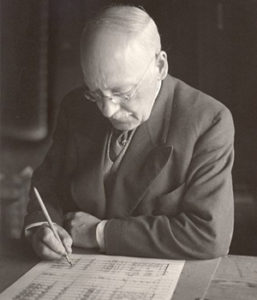
Hugo Alfven
The music shifted nationality once again as the Swedish composer Hugo Alfvén’s always delightful Swedish Rhapsody No. 1 – Midsommarvaka brought the concert to an upbeat and glorious end. Also written in 1903, Midsommarvaka is based on Swedish folk melodies and depicts the celebrations of an old Swedish midsummer vigil. It remains Alfvén’s best known composition.
Lasting a little over ten minutes, the rhapsody comprises three movements: a bouncy and dance-like Andante moderato, a brooding and dream-like Andante, and a breakneck Allegretto that gave every section of the orchestra a good workout.
I was quite taken by the piece when I first heard it performed by the New York Scandia Symphony back in October 2021. While its shifting textures and vivacious rhythms remain deliciously fresh, the rhapsodic nature of the work did strike me as somewhat more discursive on second listening. Regardless, this is always a treat to hear in concert and it roused the audience to its feet for one long and extremely well-deserved curtain call. It was just one final highlight in a concert that was full of them. Here’s hoping that the New York Scandia Symphony will return again soon with even more Scandinavian musical gems.
Review by Brad S. Ross
Orchestra photo by Austin Donahue
Comments Off on New York Scandia Symphony Shines in Lincoln Center Debut on April 13, 2023 – A Review by Brad S. Ross
Sorry, comments are closed.

